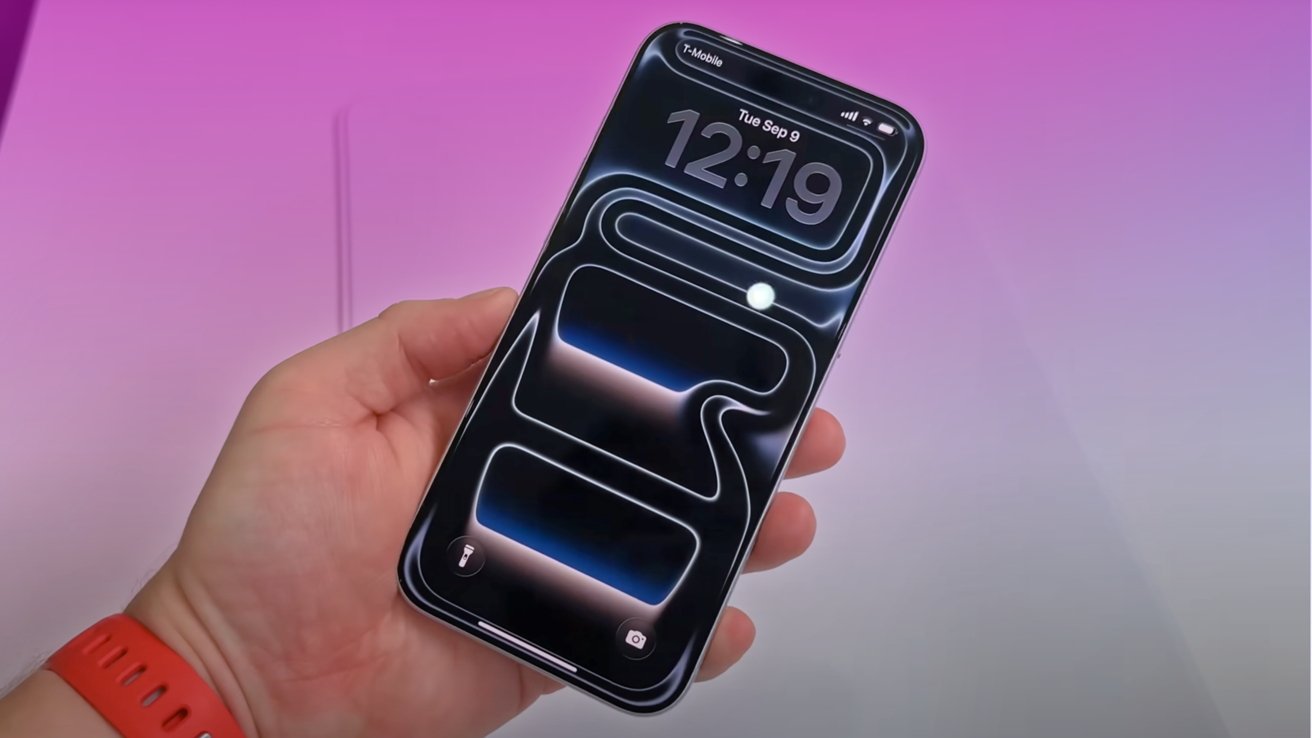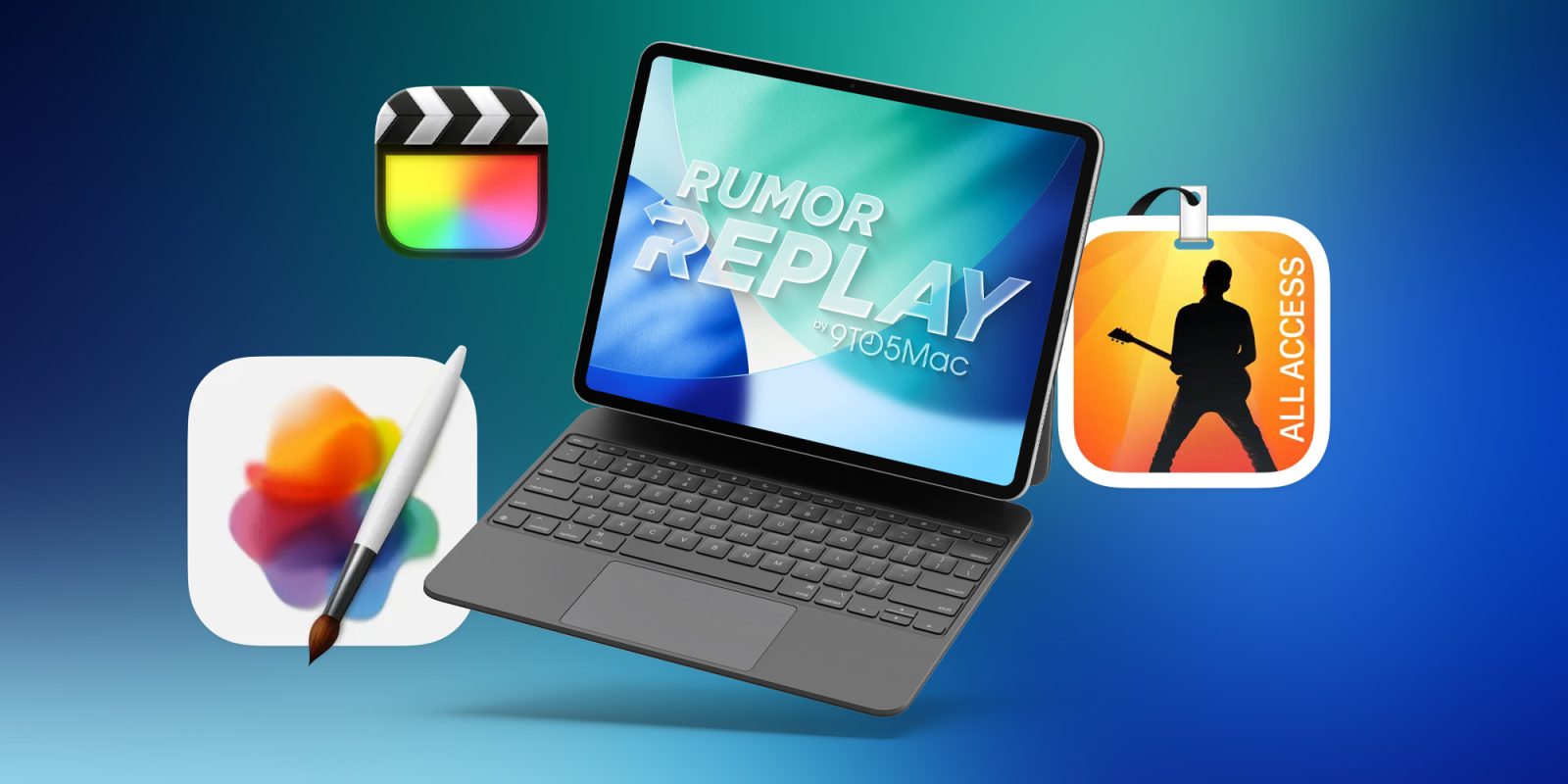Apple has long been at the forefront of innovative design, continually pushing the boundaries of technology and aesthetics. One of the most ambitious concepts to emerge from the tech giant is the idea of an iPhone that appears as a single, seamless slab of glass. This vision, often associated with former Chief Design Officer Jony Ive, has been a topic of speculation and interest for years. Recent developments indicate that Apple is actively pursuing this concept, as evidenced by a newly filed patent application detailing a six-sided glass enclosure.
The All-Glass iPhone Concept
The notion of an all-glass iPhone isn’t entirely new. Over the years, Apple has explored various designs that incorporate glass in innovative ways. The iPhone 4 and 4S, for instance, featured glass backs, marking a departure from traditional materials. However, the current vision extends far beyond these earlier iterations. The goal is to create a device where every surface—front, back, and sides—is made of glass, resulting in a visually and tactilely seamless enclosure.
Details from the Latest Patent Application
The recent patent application, titled Electronic Device with Glass Enclosure, provides a comprehensive look into how Apple envisions this design. The document describes an electronic device with a six-sided glass enclosure that defines an interior volume. This enclosure comprises a first glass member and a second glass member. The first glass member defines at least a portion of a first major side of the enclosure, a portion of a peripheral side, and regions along the peripheral side with varying thicknesses. The second glass member is attached to the first and defines at least a portion of a second major side of the enclosure.
A notable aspect of this design is the inclusion of a touchscreen display within the interior volume, positioned adjacent to at least a portion of each of the six sides of the glass enclosure. This suggests that the device could feature displays on multiple surfaces, offering a more immersive and interactive user experience.
Potential Functionalities and User Interactions
The patent application delves into various functionalities that such a design could enable. For instance, the side and back surfaces of the device could be touch-sensitive, allowing users to interact with the device from multiple angles. This could lead to new forms of user interaction, such as squeezing the device to perform specific actions like canceling a call or adjusting volume levels.
Additionally, the seamless glass design could facilitate the integration of additional displays viewable through the sides and back. These displays could provide contextual information or extend the primary display, creating a wraparound visual experience. The patent also mentions the possibility of icons and user interface elements moving across multiple surfaces, appearing as a ribbon-like interface that wraps around the device.
Challenges and Considerations
While the concept is undoubtedly intriguing, realizing such a design presents several challenges. Manufacturing a device with a six-sided glass enclosure requires advanced techniques to ensure durability and structural integrity. The patent outlines methods for fusing glass members together and machining them down to the desired thinness, aiming to create a cohesive and robust structure.
Another consideration is the placement of essential components like speakers, microphones, and antennas. The patent suggests that certain regions of the glass enclosure could be designed with varying thicknesses to accommodate these components without disrupting the seamless appearance.
Historical Context and Evolution
Apple’s interest in all-glass designs isn’t a recent development. The company has been exploring this concept for over a decade. In 2011, Apple was granted a patent for a device with a wraparound all-glass display. This earlier patent described a transparent housing with a flexible display enclosed within it, capable of showing visual content at any position inside the housing.
More recently, in 2021, Apple was granted a patent for an all-glass iPhone, Apple Watch, and Mac Pro tower. This patent detailed devices where all external surfaces are made of glass, creating a seamless, transparent appearance with interfaces that can be used from any angle.
Implications for Future Apple Devices
The continuous pursuit of an all-glass design underscores Apple’s commitment to innovation and design excellence. If realized, such a device could redefine user interactions and set new standards for smartphone aesthetics. The integration of touch-sensitive surfaces on all sides could lead to novel applications and functionalities, enhancing the overall user experience.
However, it’s essential to note that while patents provide insight into a company’s research and development efforts, they don’t always translate into consumer products. The journey from concept to market-ready product involves numerous stages, including addressing technical challenges, ensuring user safety, and evaluating market viability.
Conclusion
Apple’s latest patent application for a six-sided glass enclosure offers a fascinating glimpse into the company’s vision for future iPhone designs. The concept of an all-glass device that provides a seamless and immersive user experience aligns with Apple’s history of pushing design boundaries. While challenges remain in bringing this vision to fruition, the patent signifies a continued commitment to innovation and a willingness to explore bold new ideas in technology and design.



